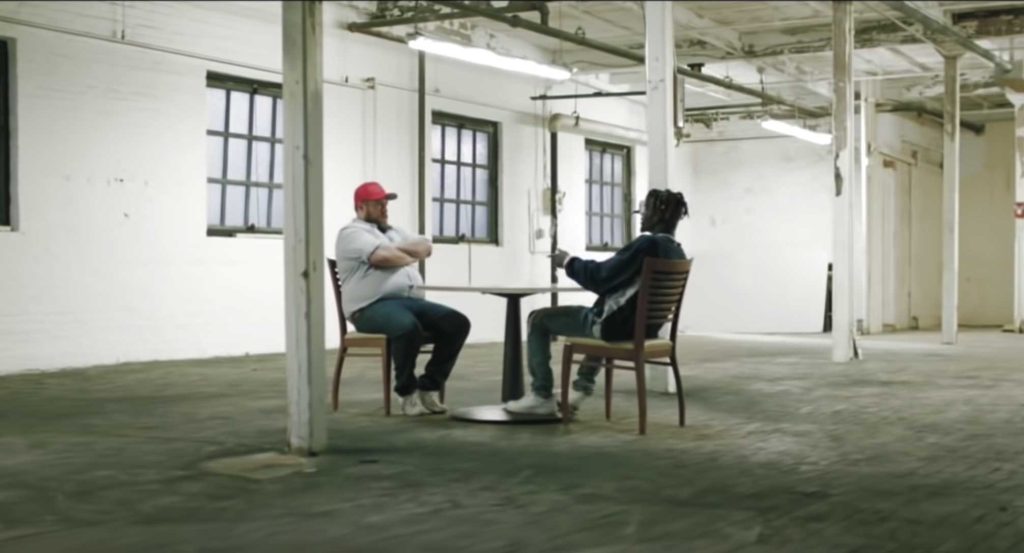Winter series - historical speeches
5 min reading timeThe Queen's annual Christmas speech is one of Britain's many traditions. It was first televised in 1957. Elizabeth II was addressing her subjects after an eventful year: the post-war economic boom was in full swing and Prime Minister Harold MacMillan even reported that year, "We never had it so good. At the same time, the British Empire was creaking and economic prosperity threatened traditional values. In her speech, the Queen wanted to give heart and call for moral leadership. How did she do that? I’ll share an analysis based on the nine elements that underpin the concept of Let ME tell YOU SOMETHING.
Relevant trainings
ME
Connection: The Queen has a cheat sheet in front of her, but makes contact with her audience every time before she speaks. This immediately makes her more personal and direct - a Queen looking at you, that’s unheard of!
Personal: She tells a personal anecdote, to close the gap between her and her audience: "Twenty-five years ago my grandfather broadcast the first of these Christmas messages. My own family often gather round to watch television as they are this moment, and that is how I imagine you now. I very much hope that this new medium will make my Christmas message more personal and direct. Now at least for a few minutes I welcome you to the peace of my own home.”
Passion: In her willingness to give of herself completely for the ideal of the nation she speaks passionately: “I cannot lead you into battle, I do not give you laws or administer justice but I can do something else, I can give you my heart and my devotion to these old islands and to all the peoples of our brotherhood of nations.”
SOMETHING
Conflict: Elizabeth II wants to get personal, but of course she is The Queen and that is quite a bridge to cross! She addresses this directly: “It is inevitable that I should seem a rather remote figure to many of you. A successor to the Kings and Queens of history; someone whose face may be familiar in newspapers and movies but who never really touches your personal lives.”
Nor does she shy away from pointing out those who threaten her ideals: “The trouble is caused by unthinking people who carelessly throw away ageless ideals as if they were old and outworn machinery. They would have religion thrown aside, morality in personal and public life made meaningless, honesty counted as foolishness and self-interest set up in place of self-restraint.”
Evidence: Her personal experiences also serve as evidence. For example, she experienced firsthand the loyalty and enthusiasm of the Canadians while she was there. Moreover: “...my husband and I paid visits to Portugal, France, Denmark and the United States of America. In each case the arrangements and formalities were managed with great skill, but no one could have 'managed' the welcome we received from the people.”
Future: Elizabeth II shares a layered future, one where Future, Conflict, Yes, and Action are intertwined: 'Today we need ... the kind of courage that can withstand the subtle corruption of the cynics so that we can show the world that we are not afraid of the future. It has always been easy to hate and destroy. To build and to cherish is much more difficult. That is why we can take a pride in the new Commonwealth we are building.'
YOU
Yes: Elizabeth II seeks to connect with her audience by addressing recognizable conflicts, complimenting her subjects, and showing empathy for their concerns. For example, "Because of the speed at which things are changing all around us] I am not surprised that many people feel lost and unable to decide what to hold on to and what to discard. How to take advantage of the new life without losing the best of the old.”
Promise: : There are several promises hidden in the speech. First, the promise that this is going to be more personal than previous speeches. But second, the negative promise, is of what happens if moral leadership is not upheld: “At this critical moment in our history we will certainly lose the trust and respect of the world if we just abandon those fundamental principles which guided the men and women who built the greatness of this country and Commonwealth.”
Action: The end of the Christmas message does not have a concrete call to action, but rather a wish to find rest, peace and fun (!): “I hope that 1958 may bring you God's blessing and all the things you long for. And so I wish you all, young and old, wherever you may be, all the fun and enjoyment, and the peace of a very happy Christmas.”
You don't have to be King or Queen to make an impact during your Christmas speech at the dinner table. Experiment with more ME, more SOMETHING and more YOU in your wishes and conversations at the Christmas table. May your days be merry AND magical!
Are you curious about the beautiful, original images from 1957?


